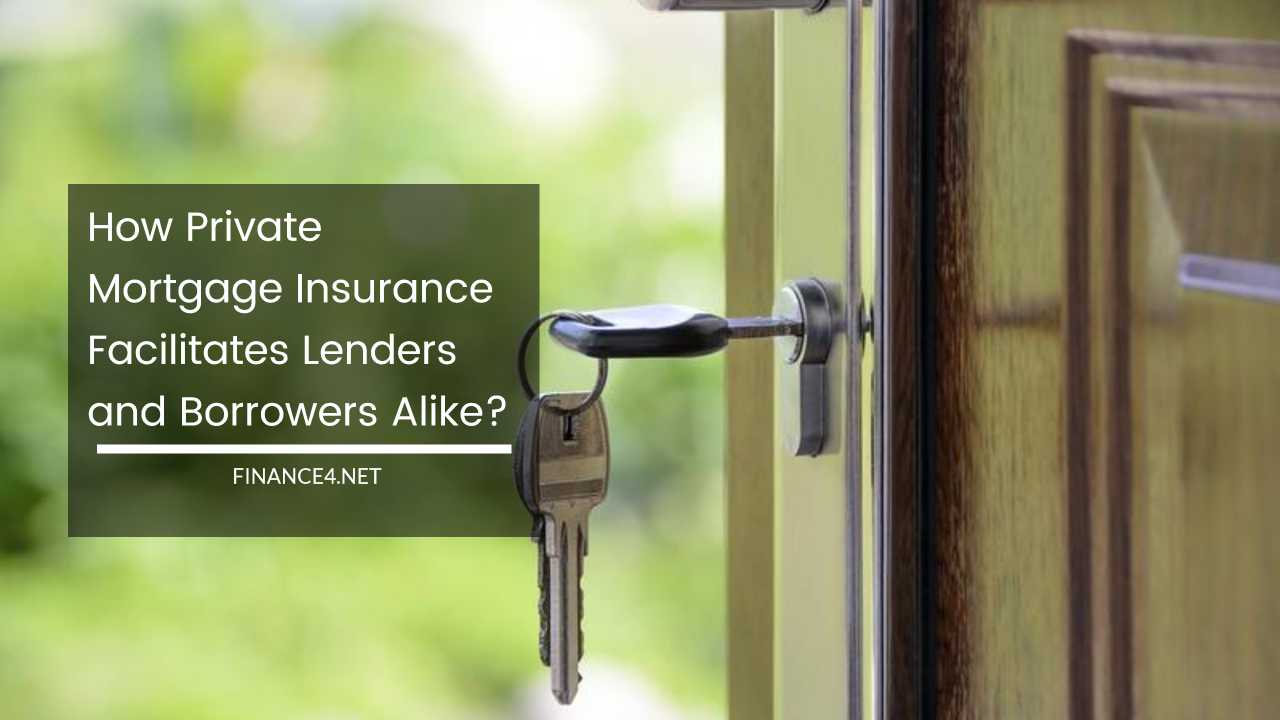PMI Explained: A Win-Win for Homebuyers and Mortgage Lenders

Understanding the Role of Private Mortgage Insurance in Empowering Lenders and Borrowers
In the intricate world of real estate, Private Mortgage Insurance (PMI) acts as a bridge, facilitating transactions between lenders and borrowers with different risk tolerances.
This financial tool offers significant advantages to both parties involved in a mortgage agreement. By delving deeper into the intricacies of PMI, we can explore how it operates and how it empowers both lenders and borrowers to achieve their financial goals.
What is Private Mortgage Insurance and Why Does it Exist?
Private Mortgage Insurance, often abbreviated as PMI, is a type of insurance policy that safeguards lenders from financial losses if a borrower defaults on their mortgage payments.
This insurance typically becomes mandatory when a borrower makes a down payment of less than 20% of the home’s purchase price.
For lenders, it acts as a safety net, mitigating the risk associated with loans where the borrower has less “skin in the game.”
The concept behind PMI is rooted in the loan-to-value ratio (LTV). This ratio represents the amount of the loan compared to the value of the property.
A higher LTV indicates a greater risk for the lender because if the borrower defaults and the house goes into foreclosure, it may be difficult to sell the property for enough to cover the outstanding loan balance. PMI provides a layer of protection in such scenarios, reimbursing the lender for a portion of the shortfall.
The Mechanics of PMI: Who Pays and How Much?
When a borrower secures a conventional mortgage with a down payment below 20%, the lender typically requires them to obtain PMI.
This insurance policy comes at a cost, borne by the borrower. The premium can be structured in two ways:
- Monthly Premium: Added to the regular mortgage payment, this option spreads the cost over the loan term.
- Lump Sum Payment: Paid upfront at closing, this can be a good option for borrowers who want to minimize the ongoing monthly cost.
The cost of PMI can vary depending on several factors, including:
- Down Payment Percentage: A lower down payment translates to a higher LTV ratio, which typically leads to a higher PMI premium.
- Loan Amount: Larger loan amounts naturally carry a higher risk for the lender, potentially resulting in a steeper PMI cost.
- Credit Score: Borrowers with strong credit scores are considered less risky, and they may qualify for lower PMI premiums.
It’s important to understand that PMI primarily benefits the lender. In the event of default, it’s the lender who receives compensation to offset their losses.
The borrower receives no direct financial protection and is still responsible for the full repayment of the mortgage.
Benefits for Lenders: Expanding Opportunities and Managing Risk
For lenders, PMI offers a range of advantages that allow them to operate more efficiently and serve a wider clientele:
- Reduced Risk Exposure: PMI acts as a buffer, mitigating the potential financial losses associated with borrower defaults on low down payment loans. This allows lenders to extend financing to a broader pool of borrowers, promoting a more inclusive mortgage market.
- Expanded Market Reach: By mitigating the risk of low down payment loans, PMI enables lenders to tap into a larger pool of potential homebuyers. This translates to increased loan origination volume, which translates to more revenue and growth opportunities for lending institutions.
- Regulatory Compliance: In many cases, government-sponsored enterprises (GSEs) like Fannie Mae and Freddie Mac, which buy and sell mortgages in the secondary market, require lenders to obtain PMI for loans with down payments below 20%. Compliance with these regulations is essential for lenders who want to participate in these programs and access a wider pool of loanable funds.
Benefits for Borrowers: Achieving Homeownership Dreams and Building Equity
While PMI comes with an additional cost, it unlocks significant advantages for borrowers looking to enter the housing market:
- Access to Homeownership: For individuals who may not have saved a substantial down payment, PMI opens the door to homeownership sooner. This allows them to start building equity and enjoy the long-term benefits of property ownership.
- Improved Cash Flow Management: PMI allows borrowers to enter the housing market with a smaller upfront investment, preserving their savings for other financial goals or emergencies. This flexibility can significantly improve their cash flow situation.
- Opportunity for Equity Accumulation: While PMI is an additional expense, it doesn’t diminish the fact that homeownership allows borrowers to build equity in their property over time. As they make their mortgage payments and the property value appreciates, the loan-to-value ratio (LTV) decreases. Once the LTV reaches a certain threshold (typically 80%), PMI is automatically cancelled, saving the borrower money in the long run.
Beyond the Basics: Different Types of PMI and Cancellation Options
It’s important to note that not all borrowers will qualify for PMI. Stricter lending criteria may apply, particularly for borrowers with lower credit scores or higher debt-to-income ratios.
This can limit access to PMI for some individuals who might otherwise benefit from its ability to facilitate homeownership with a lower down payment.
Different Types of PMI:
Not all PMI is created equal. Here’s a breakdown of the most common types:
-
Single-Premium PMI: This option involves paying the entire PMI premium upfront at closing. While it reduces the monthly mortgage payment, it requires a larger initial investment.
-
Split-Premium PMI: This combines a smaller upfront premium payment with a lower ongoing monthly premium. It offers a balance between affordability and upfront cost.
-
Lender-Paid PMI: In rare cases, lenders may offer a mortgage with lender-paid PMI. The lender covers the premium cost upfront, but often offsets it by charging a slightly higher interest rate on the loan. This can be attractive to borrowers who may not have the funds for a down payment or upfront PMI costs. However, it’s crucial to compare the long-term cost of the higher interest rate with the upfront PMI premium of other options.
Cancelling PMI:
The good news is that PMI isn’t permanent. Here are the ways borrowers can get rid of PMI:
- Reaching a Specific Loan-to-Value Ratio (LTV): Federal law mandates that lenders automatically cancel PMI when the loan reaches a certain LTV, typically 78% of the original appraised value. This assumes the borrower has been making timely mortgage payments.
- Reaching Midpoint of the Loan Term: Some lenders may also offer PMI cancellation upon reaching the midpoint of the loan term, regardless of the LTV. This option is less common but can benefit borrowers who have made significant principal payments.
- Home Appraisal: If the value of your property has increased due to market appreciation or improvements you’ve made, you can obtain a new appraisal to demonstrate an LTV below the cancellation threshold. However, there are associated costs with appraisals, so carefully consider if the cost outweighs the benefit of eliminating PMI sooner.
Important Considerations:
Before opting for PMI, consider these factors:
- Shop around: Compare PMI quotes from different lenders to ensure you’re getting the best possible rate.
- Evaluate your financial situation: Can you comfortably afford the monthly PMI premium on top of your regular mortgage payment?
- Explore alternatives: Depending on your financial situation, there might be other ways to achieve homeownership, such as government-backed loans with lower down payment requirements.
Final Thoughts
Private Mortgage Insurance plays a crucial role in facilitating homeownership for many borrowers. While it offers valuable benefits to lenders by mitigating risk, it’s essential for borrowers to understand the costs and limitations of PMI.
By exploring different PMI options, cancellation strategies, and alternative financing solutions, borrowers can make informed decisions to achieve their homeownership goals.



